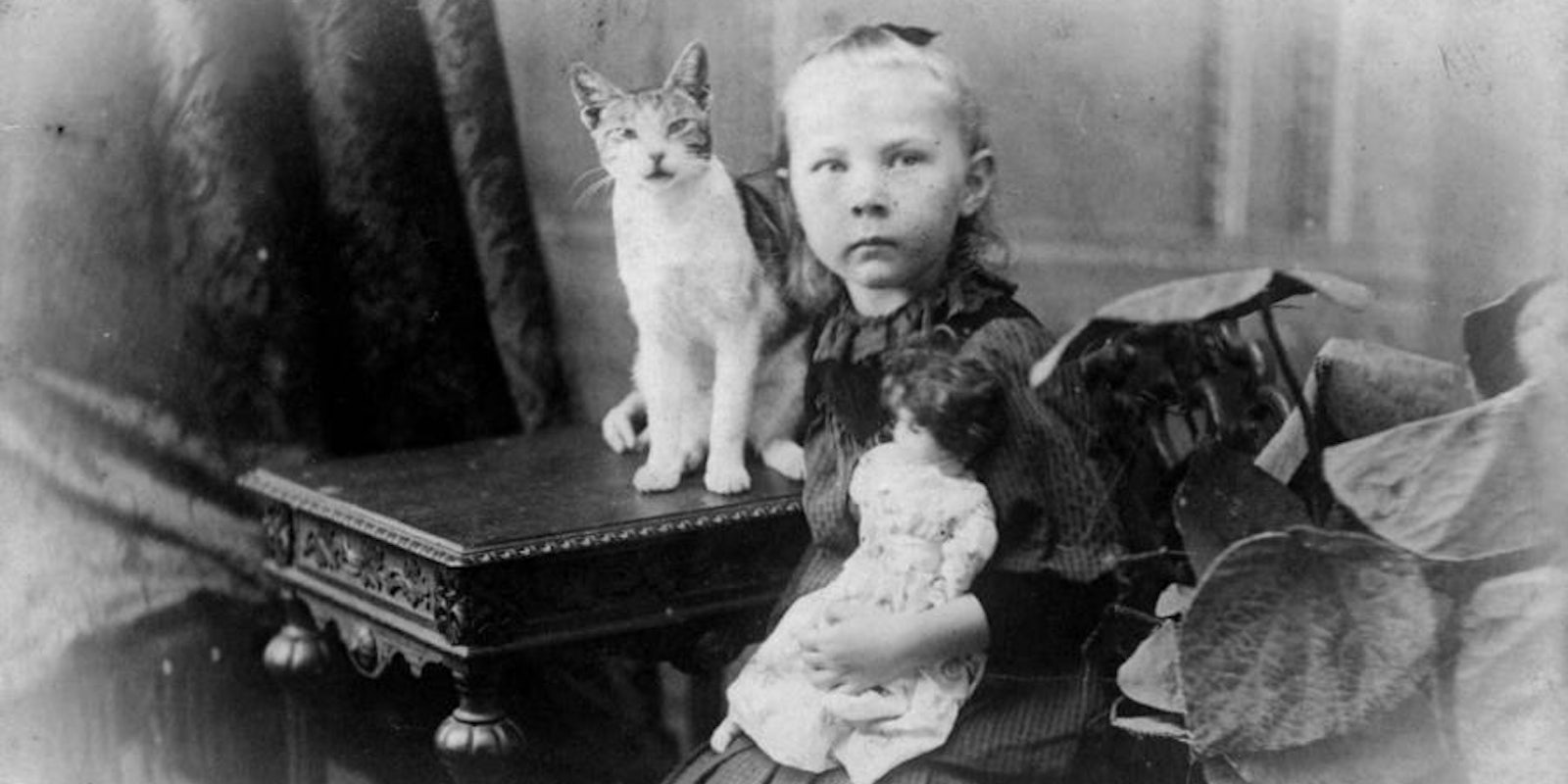The Daily Dot uses Flickr everyday. Most of the images you see on our site come from the photo-sharing community’s massive collection of pictures made available for use under Creative Commons. Simply put, few sites have had a larger impact on Web publishing than Flickr.
That’s why today is sort of an Internet holiday as Flickr celebrates the fourth anniversary of “The Commons,” a collaboration with the U.S. Library of Congress to make treasured images from public photography databases available to view and re-publish with no copyright restrictions.
“The Commons started with 1,500 photos from a single institution and has grown steadily to 56 institutions in 12 countries exhibiting over 200,000 photos.” wrote Flickr’s Fiona Miller on the site’s blog.
Participating institutions include heavy hitters such as NASA, the New York Public Library, the Smithsonian, and National Libraries in Ireland, Australia, and Norway.
In addition to making historical records open and easy to access, the Commons has been a valuable tool for the institutions as they struggle to identify “mystery pictures” from the archives. In one comment thread, amateur detectives even employed some CSI-style pixel enhancement to determine the nationality of a flag in a photo.
To help commemorate the anniversary, the Library of Congress has updated its collection of “favorite comments,” highlighting the various ways users have engaged with the content featured on the Commons. Sometimes the pictures compel users to reflect on their own family’s past. Others have served as inspiration to 21st century photographers who seek to recreate historical scenes in modern day.
The result is a rich, open, and social way to learn about history without having to roam the dusty stacks of a library.
